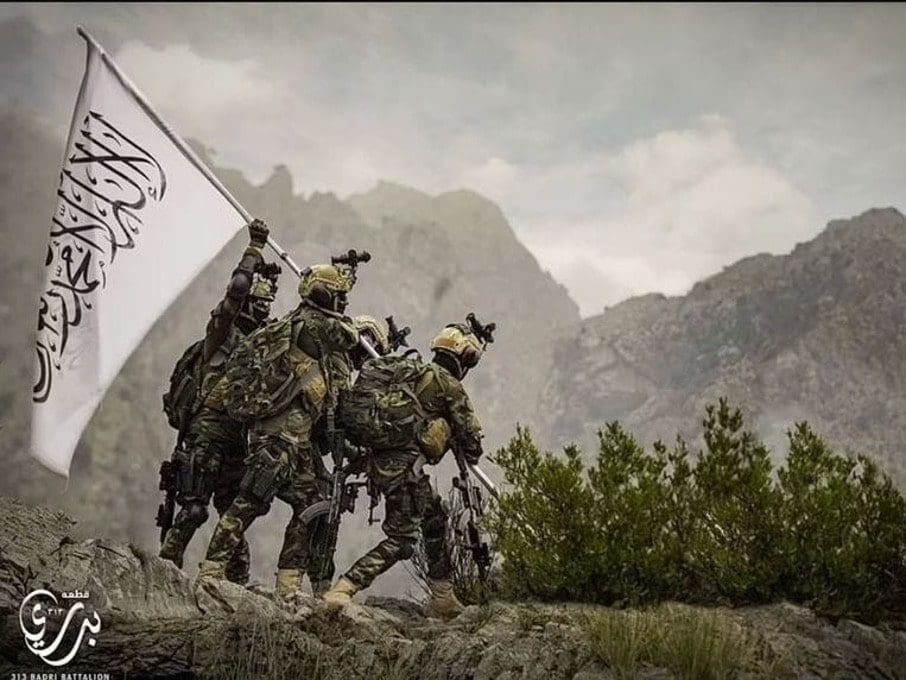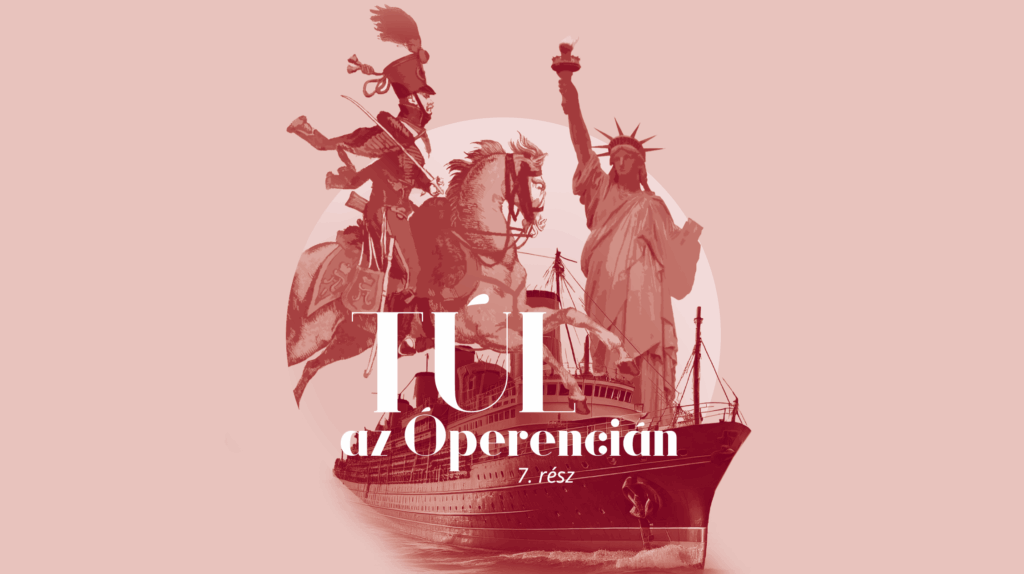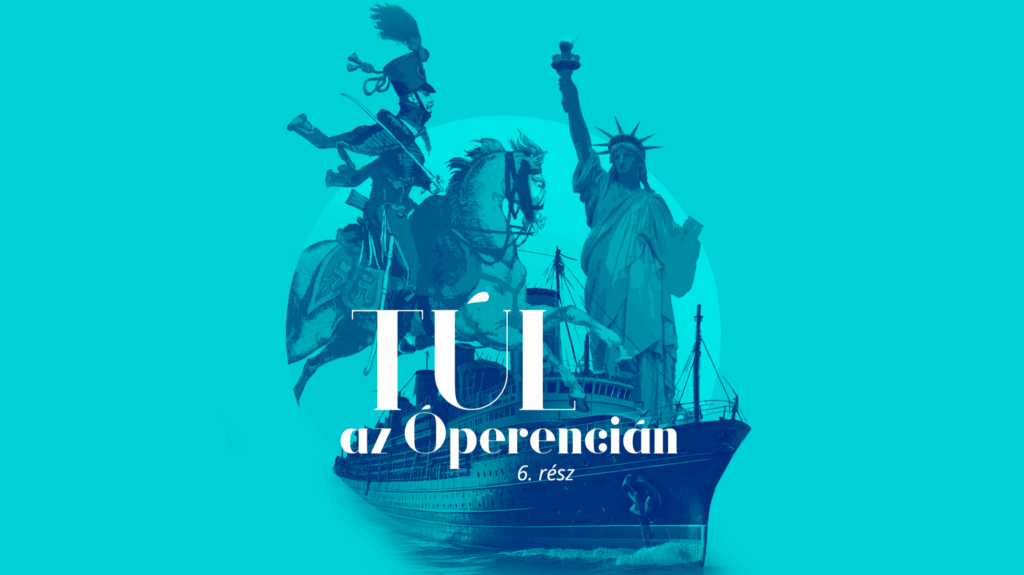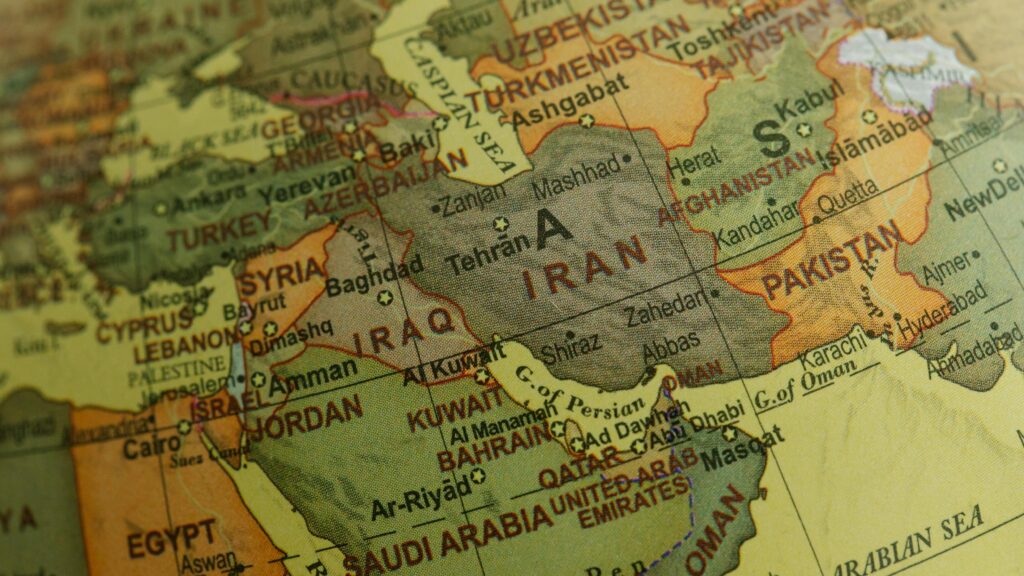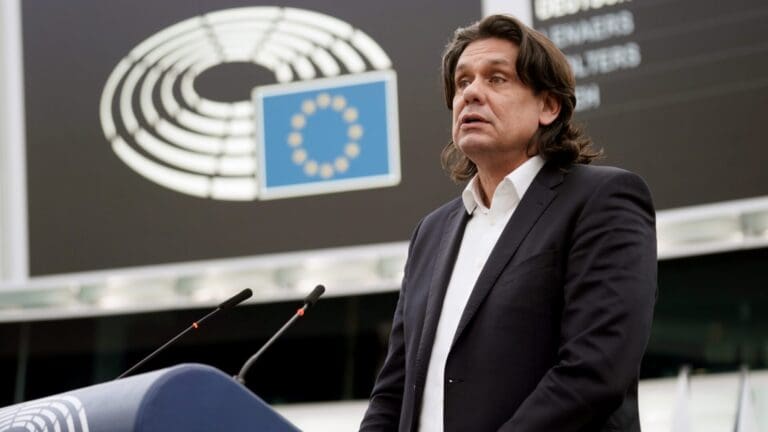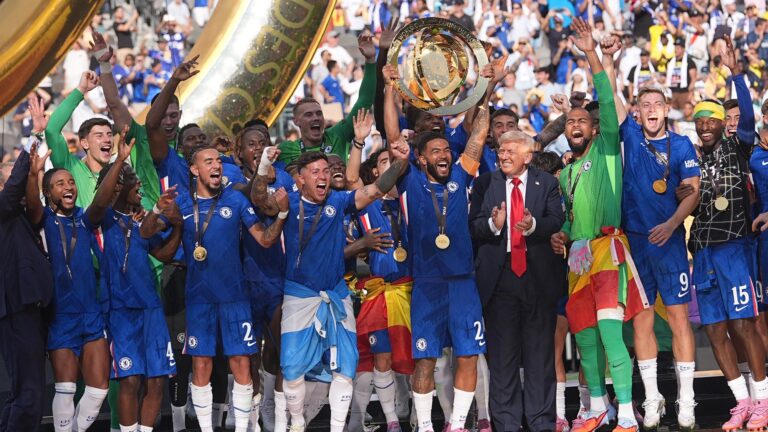The only thing that is more astonishing than the speed they captured Afghanistan is their newfound ability to make fun of the West through internet memes. But they shouldn’t be admired for it.
Those who pay attention to the details have probably noticed that the Taliban, which took Afghanistan by storm last month, are not the rugged mountain fighters anymore with little to no knowledge—and even less care—about the world outside their horizons what we were so used to back then. No, these boys have taken everything up a notch these past couple of years, including the ability to operate complex, state-of-the-art weaponry, establishing themselves as a legitimate government through actual diplomacy and—because why not—having the time of their lives sharing homemade memes about themselves on the internet. Wait, what?
Yes, the Taliban can meme now. And the results are not even that bad (aside from the fact that they praise a murderous autocratic regime, of course). But the fact that some of the fighters were able to capture the essence of the internet so well, makes you wonder about the true effectiveness of globalism. ‘Everybody’s equal on the internet’ – goes the old saying, which is true, but we did not really have everybody on the internet until now. But with terrorist organisations opening official Twitter accounts just to ridicule America, I would say we do now.
The Taliban have all kinds of memes, not just the traditional cartoon-format internet imagery people often automatically identify the term with. No, a meme, by definition, can be anything that can be shared easily, carries a simple enough message that most people understand and uses a humorous or amusing execution (no pun intended) to deliver that message, which makes people share it again and again, autonomously multiplying the number of exposures in each turn. At least, this is what ‘meme theory’ tells us, and it is in fact used by numerous political campaigns throughout the world, including Donald Trump’s successful 2016 presidential campaign, which was built entirely almost on memes.
So, what is in the repertoire of the Taliban? Well, it can be innocent little jests, like a picture of fighters posing suggestively with large cones of ice-cream in the newly captured Kabul, which is aimed directly towards the POTUS, as Biden is known to be an avid enjoyer of ice-cream himself. In contrast, their mockery of American incompetence can take really dark turns too, such as spectacular public hangings from captured Black Hawk choppers above the capital. But without any doubt, the Taliban’s magnum opus so far was recreating the famous Second World War image of US soldiers raising the Star-Spangled Banner on the Island of Iwo Jima in 1945, and not just replacing the flag with the their own, but also donning captured American equipment from head to toe before doing it.
The bulk of the Taliban’s memes, however, are classic internet cartoons with anti-liberal messages, criticizing the West’s more and more predominant social currents, such as third wave feminism, LGBT-rights, anti-racism, intersectionality and so on (with some occasional anti-semitic or even Holocaust-denying content thrown in for good measure). A good portion of these are made or shared by the Taliban’s self-appointed “meme minister” Malang Khostay, who is said to be in close relationship with the new communication and culture minister and is expected to officially work with the government soon. Khostay gained a following of more than 36 thousand people in just a couple of weeks after creating his first Twitter account and his type of content reached a level of unexpected popularity among the western far-right as well.
The sophisticated use of social media, whether to seek political legitimacy through accounts of government spokespeople to garnish western sympathy through humanizing photos and clips of Taliban fighters (enjoying rides at an abandoned theme park, for instance) or to send dreadful messages to their adversaries (the Kabul Black Hawk scene), led analysts to believe that at least one major public relations firm is advising the group and building its internet presence consciously. Regardless of what is behind their internet success, the growing trend of young western conservatives supporting the Taliban online is strange at best and worrisome at worst. The common denominator is anti-wokism, of course, but does that justify an ideological siding with one of the world’s bloodiest terror-organisation? Of course, not.
It seems to me that we have been in opposition for so long that many of us forgot what we had been fighting for all along and only know what we are against. There is one thing that the Taliban are hardliners when it comes to the rejection of progressive values, but we need to be aware of that they are also the enemies of freedom—of speech, thought, expression and conscience—,something that is the core tenet of conservatism and the precise reason why we reject post-modernism: because of its forced ideological conformity. So, if some conservatives thought they found an ally in online jihadists, I suggest they check their own principles again and then decide if there are any good guys in this story at all.

